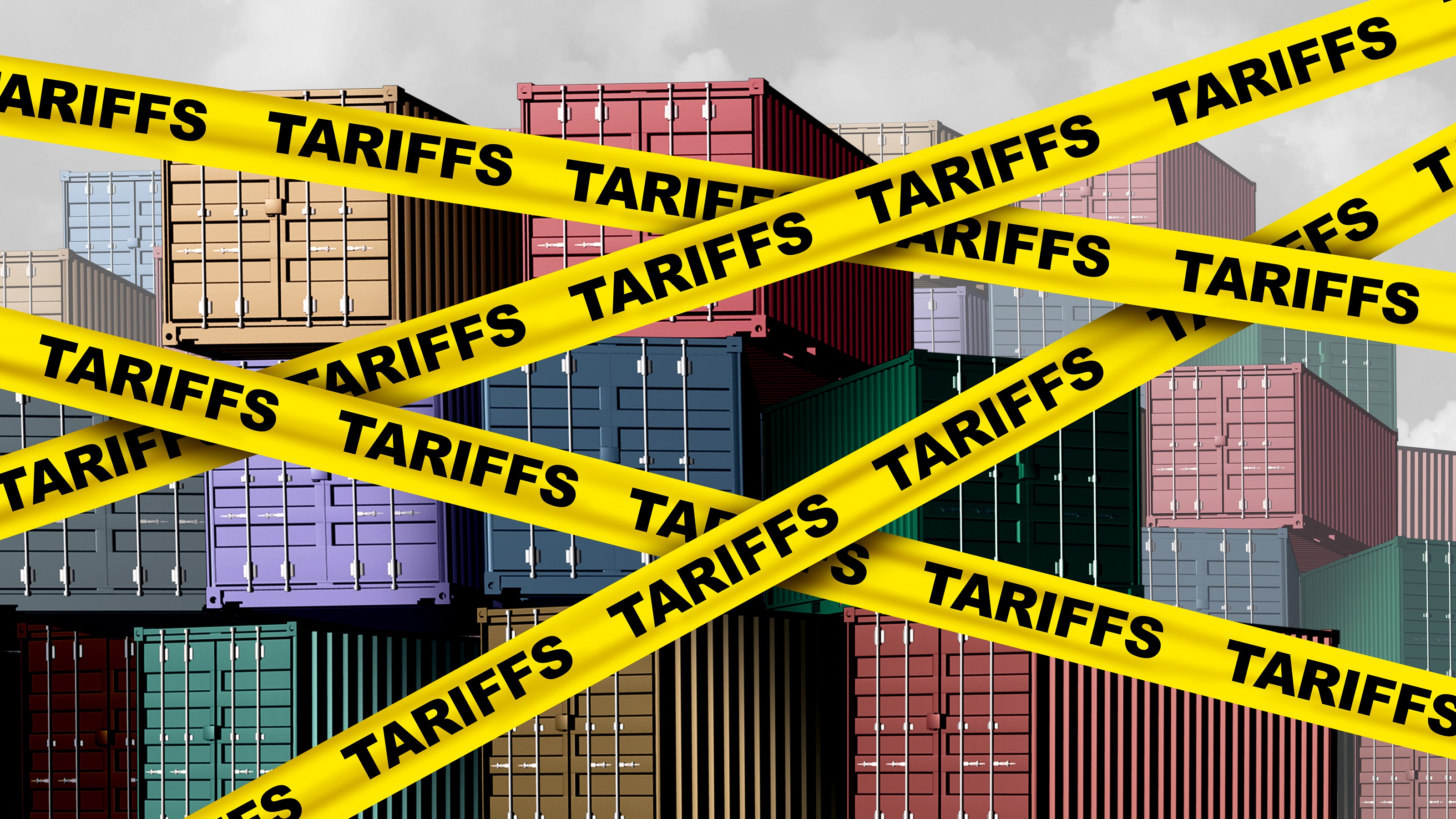Using a Construction Loan to Build Your Retirement Dream Home
Construction loans operate a little differently than a typical home mortgage, so you need to know a couple of things: like what's the difference between a construction-to-permanent loan and a stand-alone construction loan.

Retirement has finally arrived, and you've checked all the right boxes. Mortgage paid off, check. Loans to help kids through college paid, check. Nest egg ready for the future, check. You've found a great spot to build your retirement dream home and you're ready to bring your blueprints to life. But there's one step you haven't yet navigated: getting a construction loan to finance the project.
Sure, you've borrowed from the bank before. But construction loans can be quite a bit more nuanced than traditional mortgages. A common step for borrowers is to start the process by getting pre-qualified for a home construction loan.
Construction Loan Options
There are two primary varieties of construction loans: construction-to-permanent and stand-alone. The distinction is important and there are benefits of each, depending on your financial situation.

Sign up for Kiplinger’s Free E-Newsletters
Profit and prosper with the best of expert advice on investing, taxes, retirement, personal finance and more - straight to your e-mail.
Profit and prosper with the best of expert advice - straight to your e-mail.
A construction-to-permanent loan, sometimes referred to as a single-close construction loan, converts into a permanent mortgage after the house is built. There is just one closing at the start of construction, so you only pay closing costs once. What's more, you can lock in your interest rate for the lifetime of the loan. Once your build is completed, your lender converts the construction loan into a permanent fixed- or adjustable-rate mortgage.
By contrast, a stand-alone construction loan covers just the home build. Once the work is completed, you'll need to secure a separate mortgage to pay off the construction debt, therefore requiring two closings and sets of fees. Another disadvantage of a stand-alone loan is that you can't lock in a mortgage rate. That means you run the risk of rates rising before you are ready for that second loan. However, stand-alone construction loans tend to require lower down payments and do allow borrowers to shop around for a mortgage once their home build is complete.
Both construction-to-permanent and stand-alone loans only require you to make interest payments while your dream house is being built, and it's typically a variable rate during construction. Your lender will pay funds directly to the contractor in installments at various pre-defined benchmarks, known as a "draw schedule." Your lender and your builder will work closely to ensure your project and your payments stay on track.
Qualifying for a Construction Loan
Even if you have a stellar credit score, it's a good idea to get your ducks in a row before submitting a construction loan application. You'll need to prepare all of the same documents required for securing a traditional mortgage, plus a comprehensive list of the construction details.
Here's a basic checklist of what you may need to supply to your lender as part of your construction loan application:
- Current financial statements covering debt, income and asset information.
- A signed construction or purchase contract with your builder or developer that includes project plans, specs and budget details.
- A timetable for construction that includes start and completion dates.
Your lender will closely review the project plans and contract to ensure your builder's quoted costs are aligned with market costs. They will also consider factors like budget overrun and unanticipated upgrades — as it's not uncommon to splurge on granite countertops once kitchen construction begins. Some lenders may also request financial information from the builder to ensure they will be financially solvent throughout the project.
Getting Started
Because construction loans have higher underwriting standards, many people work with a bank they already have a relationship with. That said, you might want to comparison shop to ensure that your bank's fees and interest rates are competitive. It's important to remember that this will be a long-term relationship, so you should find a knowledgeable loan officer who will take the time to talk through your options, provide personalized guidance based on your financial situation and do due diligence on your contractor's plans.
Building a retirement nest to your own specs requires a bit of legwork, but the result will be enjoyed for years to come. And it means you can whittle one more box off your list: Dream home ready to go, check.
Get Kiplinger Today newsletter — free
Profit and prosper with the best of Kiplinger's advice on investing, taxes, retirement, personal finance and much more. Delivered daily. Enter your email in the box and click Sign Me Up.

Rick Bechtel is EVP, Head of U.S. Residential Lending for TD Bank . With nearly 30 years of industry experience, he is responsible for growing TD Bank's mortgage business and sales force, maintaining the bank's risk appetite and unique focus on the customer, and optimizing best-in-class technology across the business.
-
 Trump’s Tax Cut Risks Your SNAP, Medicaid Benefits
Trump’s Tax Cut Risks Your SNAP, Medicaid BenefitsTax Cuts The GOP budget blueprint could slash lifesaving programs for millions of U.S. households.
By Gabriella Cruz-Martínez
-
 Can Trump Fire Powell? A Supreme Court Case Could Decide
Can Trump Fire Powell? A Supreme Court Case Could DecidePresidential posts threaten to overwhelm decades of precedent and tradition, whatever the nine justices decide.
By David Dittman
-
 Here's When a Lack of Credit Card Debt Can Cause You Problems
Here's When a Lack of Credit Card Debt Can Cause You ProblemsUsually, getting a new credit card can be difficult if you have too much card debt, but this bank customer ran into an issue because he had no debt at all.
By H. Dennis Beaver, Esq.
-
 Going to College? How to Navigate the Financial Planning
Going to College? How to Navigate the Financial PlanningCollege decisions this year seem even more complex than usual, including determining whether a school is a 'financial fit.' Here's how to find your way.
By Chris Ebeling
-
 Financial Steps After a Loved One's Alzheimer's Diagnosis
Financial Steps After a Loved One's Alzheimer's DiagnosisIt's important to move fast on legal safeguards, estate planning and more while your loved one still has the capacity to make decisions.
By Thomas C. West, CLU®, ChFC®, AIF®
-
 Two Don'ts and Four Dos During Trump's Trade War
Two Don'ts and Four Dos During Trump's Trade WarThe financial rules have changed now that tariffs have disrupted the markets and created economic uncertainty. What can you do? (And what shouldn't you do?)
By Maggie Kulyk, CRPC®, CSRIC™
-
 I'm Single, With No Kids: Why Do I Need an Estate Plan?
I'm Single, With No Kids: Why Do I Need an Estate Plan?Unless you have a plan in place, guess who might be making all the decisions about your prized possessions, or even your health care: a court.
By Cynthia Pruemm, Investment Adviser Representative
-
 Most Investors Aren't as Diversified as They Think: Are You?
Most Investors Aren't as Diversified as They Think: Are You?You could be facing a surprisingly dangerous amount of concentration risk without realizing it. Fixing that problem starts with knowing exactly what you own.
By Scott Noble, CPA/PFS
-
 Will My Children Inherit Too Much?
Will My Children Inherit Too Much?If you worry about how your children will handle an inheritance, you're not alone. Luckily, you have options — from lifetime gifting to trusts — that can help.
By Mallon FitzPatrick, CFP®, AEP®, CLU®
-
 Charitable Giving Lessons From Netflix's 'Apple Cider Vinegar'
Charitable Giving Lessons From Netflix's 'Apple Cider Vinegar'Charity fraud is rife, and a Netflix series provides a timely warning about donating money to a good cause without looking into its background.
By Peter J. Klein, CFA®, CAP®, CSRIC®, CRPS®